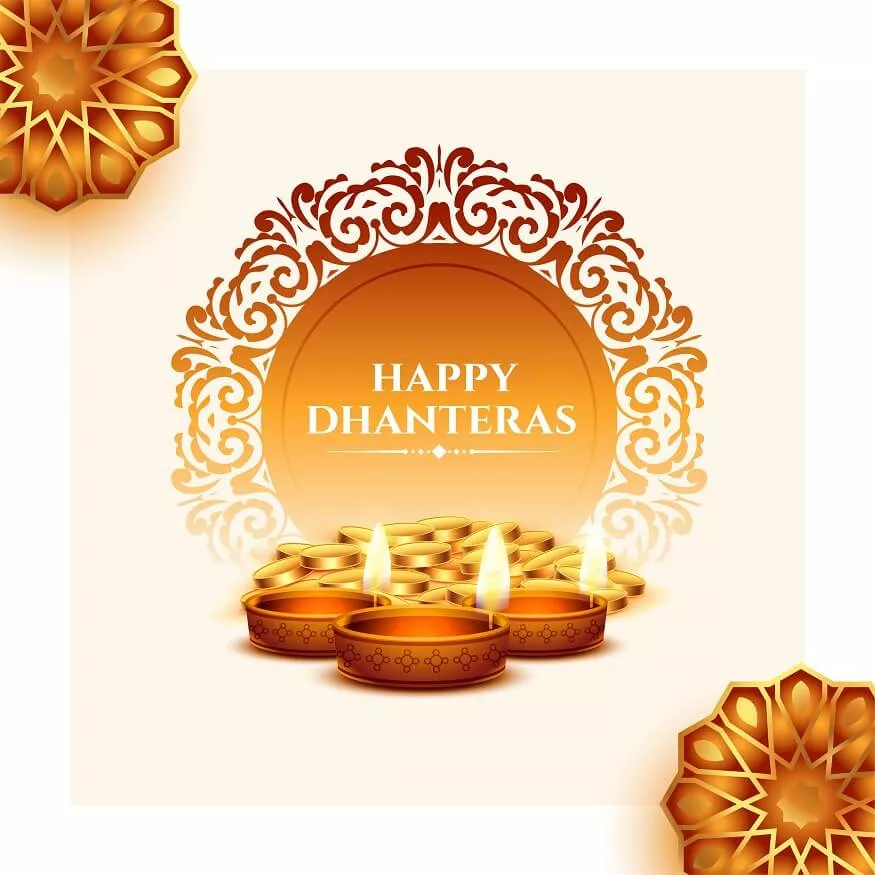In the colourful tapestry of Indian festivals, Bhai Dooj holds a special place. Celebrated with fervour, joy, and enthusiasm, it shines the spotlight on the unique bond shared between brothers and sisters. This festival not only marks the significance of familial ties but also showcases the rich cultural ethos of India. In this article by EuroSchool, we will delve deep into the importance, meaning, significance, and ways to celebrate Bhai Dooj.
Also Read: Navratri 2023: Story of Navratri for kids and ways to celebrate with them
Importance of Bhai Dooj
Bhai Dooj is not merely a ritualistic celebration but a heartfelt event that epitomises the sanctity and depth of the bond shared between siblings. The importance of this festival can be seen in how it is celebrated across different parts of India, albeit with variations in rituals and traditions. But the essence remains the same: to strengthen the bond of love, care, and protection between siblings.
- Celebration of Sibling Bond:
- Reiteration of Protection:
- Cultural Preservation:
- Strengthening Familial Bonds:
- Recognition of Women:
- Economic Significance:
- Culinary Delights:
- Teaching Values:
- Spiritual Relevance:
- Cyclical Nature of Life:
At the core of Bhai Dooj is the celebration of the unique bond that brothers and sisters share. This bond, formed by a mix of shared experiences, playful banter, quarrels, secrets, and unspoken understanding, is honoured on this day.
Similar to Raksha Bandhan, another Indian festival celebrating sibling love, Bhai Dooj reaffirms the protective nature of this bond. Brothers pledge to safeguard their sisters, while sisters pray for the well-being, prosperity, and longevity of their brothers.
Bhai Dooj serves as a medium to pass down cultural and familial traditions from one generation to the next. Each ritual, from the tilak ceremony to the exchange of gifts, has been preserved over centuries, keeping the cultural essence alive.
Beyond the sibling relationship, Bhai Dooj is an occasion for the entire family to come together. Cousins, distant siblings, and extended family members often reunite, fostering stronger family ties.
The festival empowers women by giving them a significant role. Sisters perform the rituals and, in many ways, become the torchbearers of the tradition, highlighting their pivotal role in family and societal structures.
Like many festivals, Bhai Dooj boosts local economies. The buying of gifts, sweets, and decorative items provides livelihoods to many, especially artisans and local vendors.
The festival provides an opportunity to revive and relish traditional recipes, which might be losing their place in daily life. This not only preserves culinary traditions but also introduces the younger generation to their rich gastronomic heritage.
Bhai Dooj instils values of love, respect, and care among the younger generation. It’s a day that subtly teaches about the responsibilities and joys of familial relationships.
Many believe that celebrating Bhai Dooj brings divine blessings to the siblings. It’s said that the act of a sister praying for her brother’s longevity and well-being ensures divine protection for him.
The festival, celebrated right after the festival of lights – Diwali, signifies the continuous cycle of festivities in Indian culture. Just as life has its ups and downs, festivals like Bhai Dooj remind people to find joy in relationships and cherish the constant bonds even amidst changing times.
Also Read: Dussehra 2023: Why do we celebrate Dussehra or Vijaya Dashami?
Meaning of Bhai Dooj
The name ‘Bhai Dooj’ itself offers a peek into its meaning. ‘Bhai’ translates to ‘brother’ and ‘Dooj’ denotes the ‘second day’. Falling on the second day of the new moon in the Hindu month of Kartika, the name perfectly encapsulates the essence of the festival – dedicating a day to honour brothers.
There are several legends associated with the origin of Bhai Dooj. One popular narrative revolves around the story of Lord Krishna. After slaying the demon Narakasura, Lord Krishna visited his sister Subhadra. She welcomed him with sweets, flowers, and a ceremonial lamp, marking the commencement of this festival. Another tale cites the bond between the God of Death, Yama, and his sister Yamuna. When Yama visited Yamuna after a long hiatus, she applied a protective mark (tilak) on his forehead, praying for his well-being.
Significance of Bhai Dooj
Every element of Bhai Dooj, from its legends to its rituals, carries deep symbolic significance.
- Tilak Ceremony:
- Gift Exchange:
- Feasting:
The tilak or tika ceremony is a pivotal ritual of Bhai Dooj. Sisters apply a vermilion mark on their brothers’ foreheads. This act is not just symbolic of the sisters’ blessings but is also a protective charm believed to shield brothers from all evils.
The tradition of exchanging gifts is not just a token of love but signifies the mutual respect and affection siblings hold for one another. Through gifts, siblings convey their wishes for each other’s happiness, success, and prosperity.
Like many Indian festivals, Bhai Dooj is incomplete without a lavish spread of delectable dishes. These feasts, often comprising brothers’ favourite dishes, symbolise the joy of sharing and the warmth of family ties.
Also Read: Krishna Janmashtami 2023 – Know All about the Festival
How to Celebrate Bhai Dooj
While the essence of Bhai Dooj remains consistent, its celebration varies regionally. Here’s a glimpse into the general way this festival is celebrated:
- Preparation:
- Tilak Ceremony:
- Gift Exchange:
- Feasting:
- Spending Time Together:
Days before the festival, homes are cleaned and decorated. Sisters prepare traditional sweets and dishes, and buy gifts for their brothers.
On the day of Bhai Dooj, sisters apply a tilak on their brothers’ foreheads, often made of vermilion, yoghourt, and rice. This is followed by an aarti, where a ceremonial lamp is circled in front of the brother, symbolising the removal of darkness and the ushering in of light.
After the tilak ceremony, siblings exchange gifts. While traditionally it was the brothers who gave gifts to their sisters as a token of their love and protection, modern celebrations often see this as a mutual exchange.
Post the rituals, the family comes together to relish a sumptuous meal, often consisting of traditional and favourite dishes.
Bhai Dooj is also an occasion for siblings to reminisce about their shared memories, indulge in playful banter, and create new memories.
Also Read: Top 10 Exciting Raksha Bandhan Activities for Kids!
Bhai Dooj is a beautiful celebration that goes beyond mere rituals. It’s a day that reinforces familial ties, celebrates the joys of siblinghood, and strengthens the bonds of love, care, and protection. EuroSchool encourages the celebration of festivals like Bhai Dooj to remind students of the invaluable relationships that enrich our lives.










